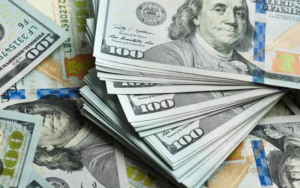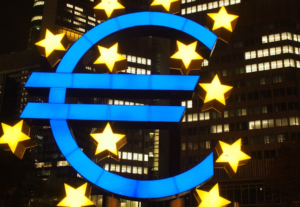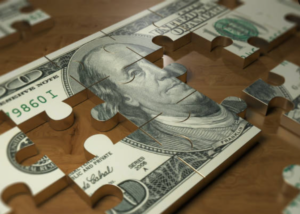$GLD $SLV $GDX
#PreciousMetals #Gold #Silver #USElection #TrumpAdministration #CommodityMarkets #USDIndex #MarketVolatility #Investing #GlobalEconomy #MetalsTrading #BullishSentiment
The Global Precious Metals MMI (Monthly Metals Index) has recently displayed a wave of volatility, underscoring its sensitivity to macroeconomic factors and political events. During the election period, the index surged by 6.48% on a month-over-month basis, fueled by heightened bullish sentiment in the global metals market. Precious metals, including gold and silver, often act as a safe-haven asset during times of uncertainty, and this trend was evident in the lead-up to the U.S. presidential election. Market participants closely monitored policy signals from the eventual winner, Donald Trump, which significantly shaped trading behavior. The inherent uncertainty revolving around the election likely drove investors into metals as protection against potential currency fluctuations and broader market instability.
However, this upward momentum in metals prices saw a reversal immediately following the announcement of Trump’s election victory. The decline was prompted by several factors, notably the strengthening of investor focus on the implications of potential fiscal and monetary policies under the new administration. As Trump’s proposed infrastructure initiatives and anticipated tax cuts came into focus, many expected a rise in inflationary pressures, which could drive the Federal Reserve toward more aggressive rate hikes. Higher interest rates do not favor assets like gold and silver, as they offer no yield, prompting some traders to pull back on their metals positions. Additionally, the initial reaction to the election outcome sent shockwaves through the U.S. dollar index, which experienced a notable drop, further impacting precious metals prices.
The relationship between the U.S. dollar and precious metals is long-established, as metals are priced in dollars. A weaker dollar often supports higher metals prices by making them more affordable for holders of other currencies. However, the post-election dip in the dollar failed to provide lasting support for metals, signaling that bearish pressures had taken hold. This market dynamic revealed a complex interplay wherein the bearish sentiment tied to the dollar was not sufficient to counterbalance speculative selling in metals markets. Investors may have anticipated potential challenges to trade relations and shifts in fiscal policies that could weigh on global economic stability, influencing the broader commodity landscape.
In prior months, the Precious Metals MMI exhibited a consistent rise leading up to the election, reflecting strong demand due to increasing geopolitical uncertainty and potential monetary loosening. Yet, the immediate post-election results appeared to impose a rebalancing effect across precious metals markets. Trading volumes spiked sharply, suggesting a shift in sentiment as traders adjusted positions to align with the evolving macroeconomic narrative. While the election’s long-term implications remain uncertain, the short-term price movement highlighted the interconnected nature of currency markets, Federal Reserve policy expectations, and commodity cycles. For precious metals investors, the election served as a vivid reminder of how political outcomes can exert abrupt and dramatic influence on asset prices.






Comments are closed.